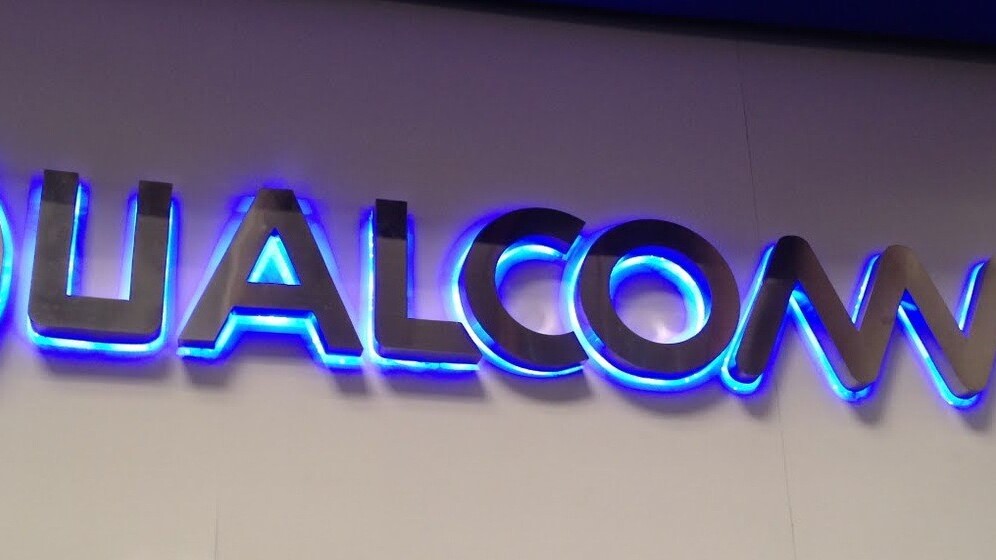
Smartphone makers will soon be able to forget about choosing which LTE frequencies to support in their new handsets after Qualcomm revealed its new “RF360 Front End Solution” with support for 40 mobile bands worldwide — good news for Apple, Samsung and other major mobile companies.
Available in the second half of 2013, Qualcomm’s RF360 chip will support all seven cellular frequencies, which include LTE-FDD, LTE-TDD, WCDMA, EV-DO, CDMA 1x, TD-SCDMA and GSM/EDGE. It’s the first solution of its kind.
Not only does this mean you’ll be able to connect to networks all over the world when you buy a new smartphone with one of Qualcomm’s RF360 inside, it also means that future iPhones and Galaxy S smartphones could become available on all your local carriers’ LTE bands from day one.
The RF360 will play nicely with Qualcomm’s SnapDragon processors and has been developed to operate optimally, even if it has been obscured by a user’s hand. The company has also reduced the chip’s heat footprint and power consumption by as much as 30 percent, allowing for thinner smartphones with longer battery life.
You can expect the first smartphones and tablets using Qualcomm’s new RF360 chip to launch later this year. If you’re annoyed that the iPhone 5 doesn’t support the 4G networks available in your country — think China Mobile or O2 and Vodafone in the UK — such worries may become a thing of the past.
Get the TNW newsletter
Get the most important tech news in your inbox each week.





